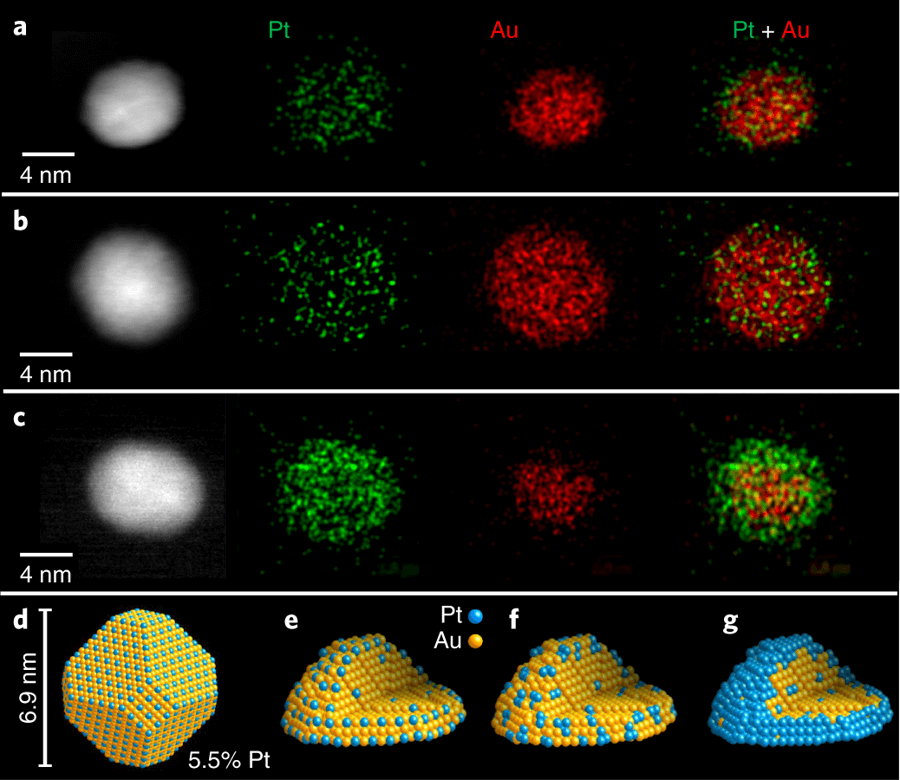
A Birmingham research scientist has recently contributed to a multinational research project which has produced a major breakthrough with implications for both traditional combustion engines and zero-emission hydrogen fuel cells-powered vehicles.
Dr Ziyou Li, Reader in Nanoscale Science at the University of Birmingham’s School of Physics and Astronomy, worked as part of a team to develop a new platinum-based catalyst which helps deactivate toxic gases produced by traditional car engines and speed up the chemical reactions which make it possible for vehicles to run on zero-emission hydrogen fuel cell engines.
The new catalyst of platinum-gold nanoalloys with single platinum atomic sites represents a nearly 100-fold increase in efficiency over conventional platinum catalysts. It also offers other benefits, including consistent operational effectiveness over its lifespan, in contrast with the short lifetime of conventional catalysts.
The research project, which has been recently published in the journal Nature Materials as “Golden single-atomic-site platinum electrocatalysts” was led by Professor Peng Zhang at Dalhousie University in Canada. Dr Li led on atomic scale microscopic characterization for the project, by the aberration corrected Scanning Transmission Electron Microscopy based at Birmingham. Using real-space chemical imaging, Dr Li and her colleagues were able to demonstrate that the observed increase in the performance of the new catalyst was due to a synergy effect between single atomic site platinum and their surrounding gold atoms. The unique structure also prevents ‘poisoning’ which deactivates conventional Pt-based catalysts.
This work arises from a multi-institution collaborations by scientists from Canada, UK, USA, China, and Saudi Arabia. They comprise chemists, physicists and materials scientists working on synthesis, characterization as well as ab-initio calculation of possible catalytic pathways. Reflecting on her contribution, Dr Li said: "This is an excellent example showing the importance of interdisciplinary collaboration in today’s scientific research. I'm proud that we at Birmingham were able to use our expertise to evidence the substantial benefits of single-atom Pt catalysts over traditional catalysts."
Dr Li’s current research interests are on atomic structures of nanoclusters and nanoparticles, applications of electron microscopy in nanomaterials by chemical and physical methods. Her research has been supported by Royal Society grant on “Direct imaging of bimetallic nanoparticles”, EU Cost Action on “nanoalloys” and EPSRC grants on nanoclusters. Her work has been across a wider range of nanomaterials through UK and international collaborations.